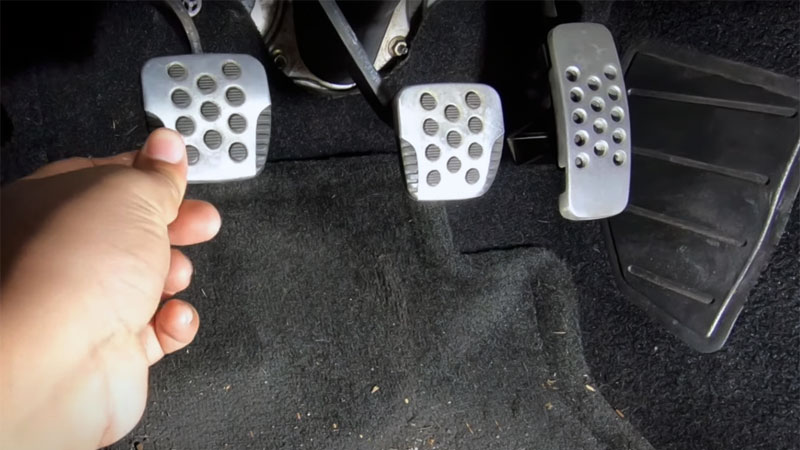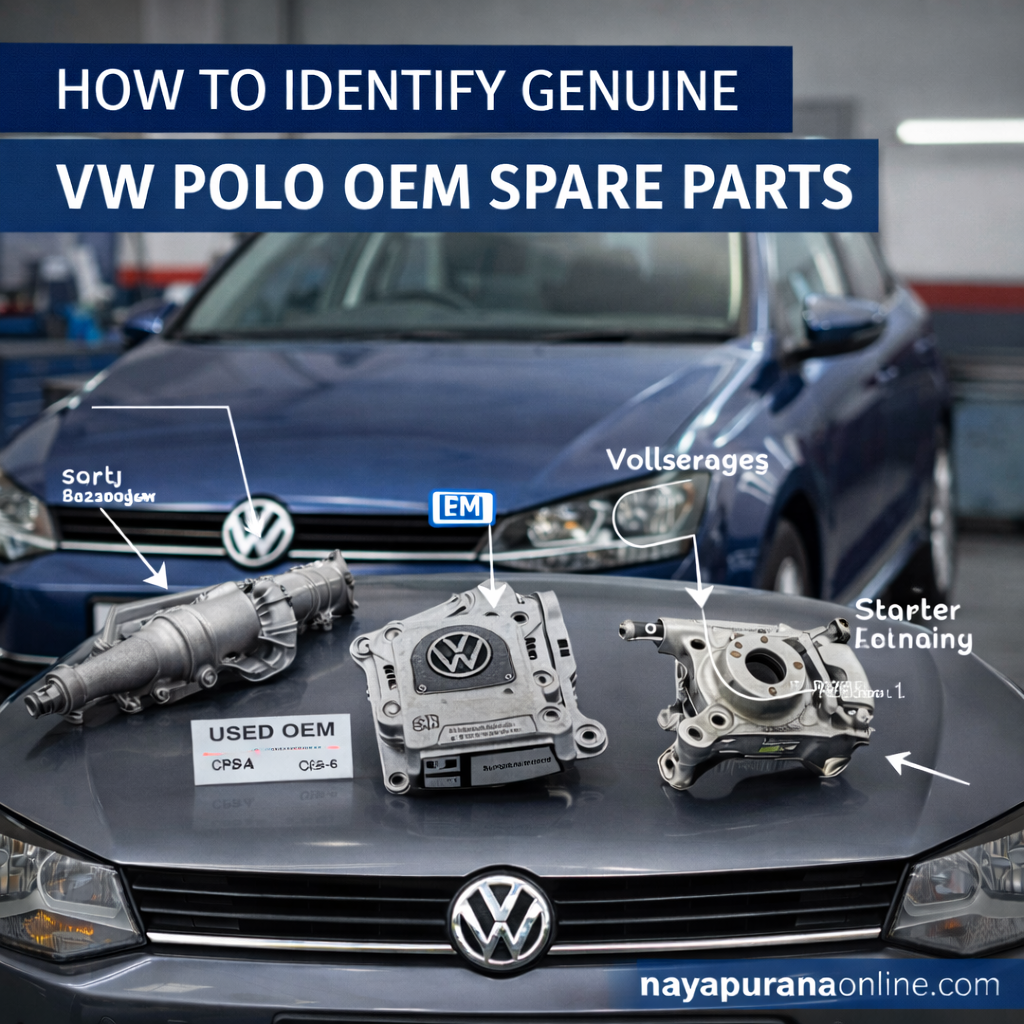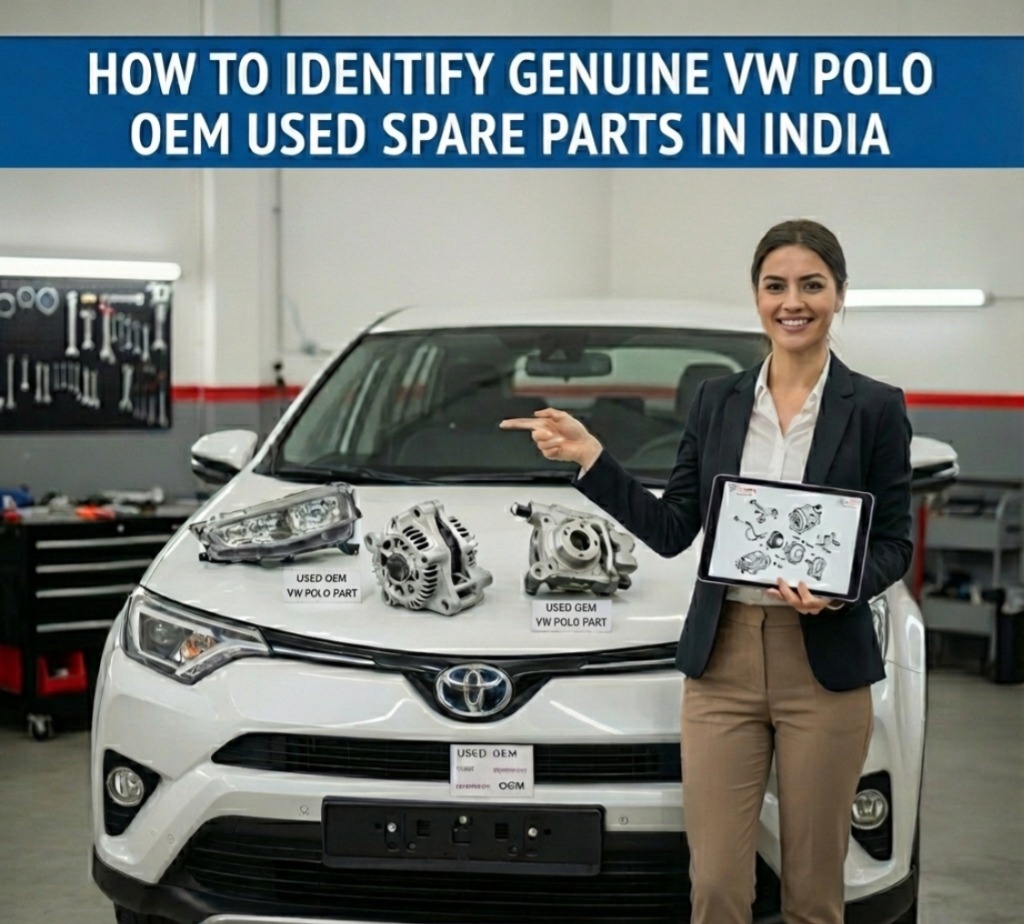How to Adjust clutch Pedal?
24 Aug,2023
**Adjusting Your Car's Clutch Pedal: A Quick Guide**
If you've noticed changes in the way your clutch pedal feels or engages, adjusting it might help restore smooth operation. Here's a concise step-by-step guide to adjusting your car's clutch pedal:
**1. Clutch Pedal Height Adjustment:**
- Locate the adjustment nut on the clutch pedal rod, often near the pedal itself or in the engine bay where the clutch master cylinder connects.
- Consult your vehicle's owner's manual for specific instructions.
- Loosen the lock nut if present.
- Adjust the nut to raise or lower the pedal height. Clockwise often raises the pedal; counterclockwise lowers it.
- Make small adjustments, testing the pedal height each time.
- Tighten the lock nut to secure the adjustment.
**2. Clutch Pedal Free Play Adjustment:**
- Find the clutch master cylinder on the firewall of the engine bay.
- Identify the push rod that connects the clutch pedal to the master cylinder.
- Determine if there's an adjustable rod or threaded adjuster at the pedal end of the push rod.
- Press the pedal to locate the point of resistance—this is the "free play" zone.
- If using an adjustable rod, lengthen or shorten it to achieve the desired free play. If using a threaded adjuster, turn it accordingly.
- Test the clutch pedal to ensure engagement occurs a bit off the floor, not at the very top.
- Secure the adjustment with a lock nut if present.
**Remember:**
- Refer to your owner's manual for specific instructions tailored to your vehicle.
- Small adjustments are key. Make changes gradually and test each adjustment before proceeding.
- If you're uncertain about adjusting the clutch pedal, seek professional assistance to prevent potential damage to your vehicle's clutch system.
Maintaining the proper clutch pedal height and free play ensures your car's clutch system functions smoothly, enhancing your driving experience and prolonging the life of your vehicle.

Adjusting the clutch pedal in a car typically involves adjusting the clutch pedal height and/or free play. Here's a general guide on how to adjust the clutch pedal:
**Note:** The following steps are for educational purposes only. It's recommended to consult your vehicle's owner's manual or seek professional assistance if you're unsure about adjusting the clutch pedal.
**Tools You Might Need:**
- Wrenches (usually 10mm or 12mm)
- Screwdriver (flathead or Phillips)
- Owner's manual for your specific vehicle
**Adjusting Clutch Pedal Height:**
1. **Locate the Adjustment Nut:** In some vehicles, you can adjust the clutch pedal height by tightening or loosening an adjustment nut. This nut is usually located on the clutch pedal rod, either near the pedal itself or in the engine bay where the clutch master cylinder connects to the pedal.
2. **Consult the Owner's Manual:** Before making any adjustments, consult your vehicle's owner's manual. It will provide specific instructions for your vehicle's clutch pedal adjustment.
3. **Loosen the Lock Nut:** If required, start by loosening the lock nut on the adjustment rod.
4. **Adjust the Nut:** Turn the adjustment nut to raise or lower the clutch pedal. Turning the nut clockwise usually raises the pedal, and turning it counterclockwise lowers the pedal. Make small adjustments and test the pedal height before making further adjustments.
5. **Tighten the Lock Nut:** Once you're satisfied with the pedal height, tighten the lock nut to secure the adjustment.
**Adjusting Clutch Pedal Free Play:**
1. **Locate the Master Cylinder:** The clutch master cylinder is usually located on the firewall of the engine bay, near the brake master cylinder.
2. **Locate the Push Rod:** The push rod connects the clutch pedal to the clutch master cylinder. There might be an adjustable rod or a threaded adjuster at the point where the push rod connects to the clutch pedal.
3. **Check Current Free Play:** Press the clutch pedal and feel for the point where resistance is felt. This is the point where the clutch starts to engage. This is the "free play."
4. **Adjust the Rod or Adjuster:** If there's an adjustable rod, you can lengthen or shorten it to adjust the free play. If there's a threaded adjuster, you might need to turn it to achieve the desired free play.
5. **Test and Fine-Tune:** After making adjustments, test the clutch pedal to ensure the engagement point feels correct. The clutch should start to engage a bit off the floor, not right at the top of the pedal's travel.
6. **Secure the Adjustment:** If there's a lock nut on the adjustable rod or adjuster, make sure to tighten it to prevent the setting from changing over time.
**Important Note:** Properly adjusting the clutch pedal is crucial for the proper operation of your vehicle. Incorrect adjustments can lead to clutch slippage, engagement problems, or even damage to the clutch components. If you're not confident in your ability to perform these adjustments, it's best to seek assistance from a qualified mechanic or consult your vehicle's dealership.


 Login
Login









